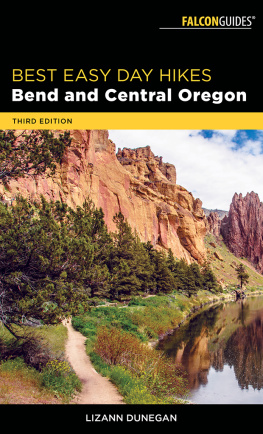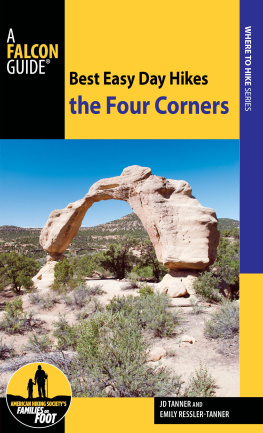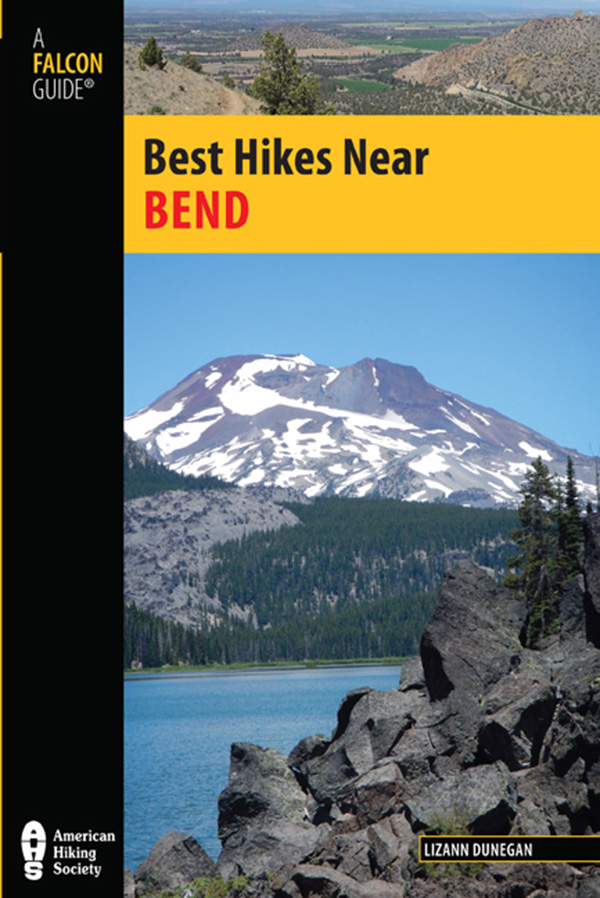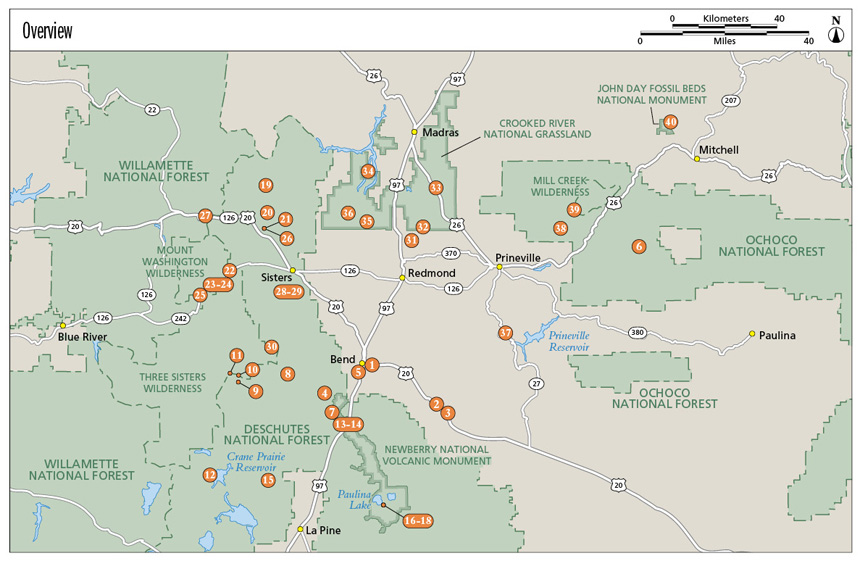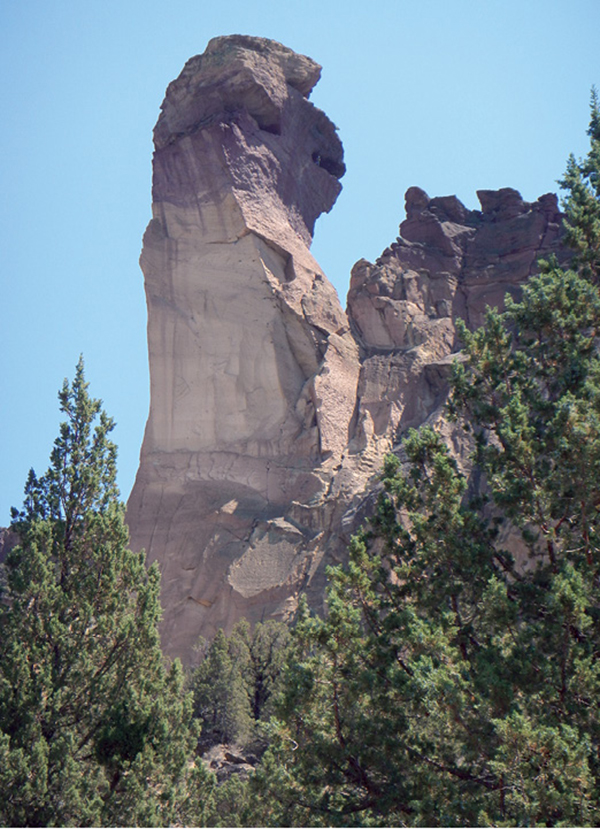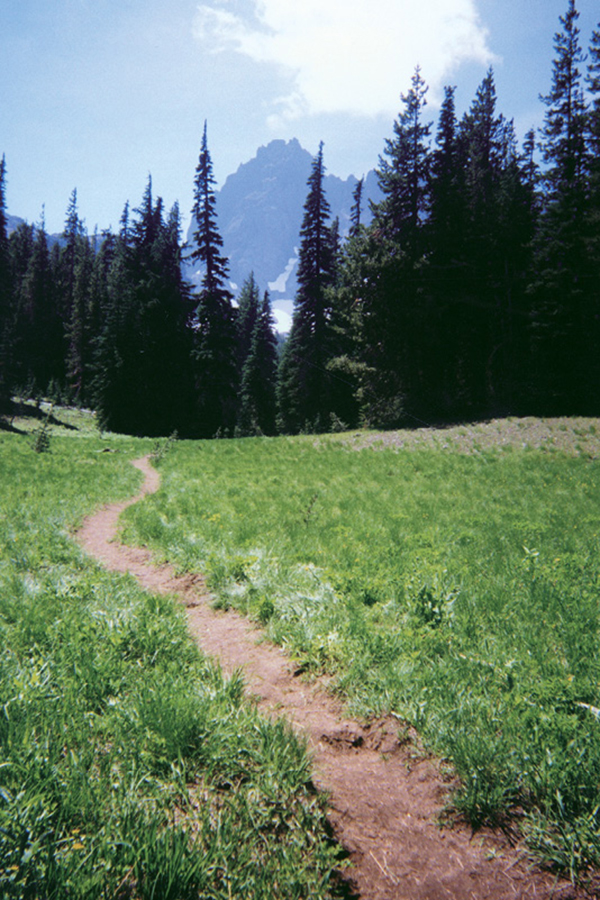Every effort has been made by the author and editors to make this guide as accurate and useful as possible. However, many things can change after a guide is publishedtrails are rerouted, regulations change, techniques evolve, facilities come under new management, and so on.
We would appreciate hearing from you concerning your experiences with this guide and how you feel it could be improved and kept up to date. While we may not be able to respond to all comments and suggestions, well take them to heart, and well also make certain to share them with the author. Please send your comments and suggestions to the following address:
P.O. Box 480
Copyright 2014 Morris Book Publishing, LLC
ALL RIGHTS RESERVED. No part of this book may be reproduced or transmitted in any form by any means, electronic or mechanical, including photocopying and recording, or by any information storage and retrieval system, except as may be expressly permitted in writing from the publisher. Requests for permission should be addressed to Globe Pequot Press, Attn: Rights and Permissions Department, PO Box 480, Guilford, CT 06437.
FalconGuides is an imprint of Globe Pequot Press.
Falcon, FalconGuides, and Outfit Your Mind are registered trademarks of Morris Book Publishing, LLC.
Photos by Lizann Dunegan unless otherwise credited.
Maps: Alena Joy Pearce Morris Book Publishing, LLC
Text design: Sheryl P. Kober
Project editor: Julie Marsh
Layout: Maggie Peterson
Library of Congress Cataloging-in-Publication Data
Dunegan, Lizann.
Best hikes near Bend / Lizann Dunegan. First edition.
pages cm. (Best hikes near series)
Summary: Featuring 40 of the best hikes in the greater Bend area, this exciting new guidebook points locals and visitors alike to trailheads within an hours drive of the city Provided by publisher.
ISBN 978-0-7627-8473-8 (paperback)
1. HikingOregon, CentralGuidebooks. 2. Oregon, CentralGuidebooks. I. Title. II. Series: Falcon guide.
GV199.42.O742D86 2014
796.5109795dc23
2014017127
The author and Globe Pequot Press assume no liability for accidents happening to, or injuries sustained by, readers who engage in the activities described in this book.
Contents
The Hikes
Acknowledgments
Id like to thank everyone who helped me research the hikes for this book as well as accompanied me during my trail research, including Ken Skeen and my two canine trail companions Bear and Tiz. Thanks also to the editors at FalconGuides who answered my questions and helped me throughout the writing process.
Monkey Face is a popular climbing route in Smith Rock State Park ().
Introduction
As Central Oregons largest city, Bend is a hikers paradise due to its close proximity to the Deschutes National Forest, Newberry National Volcanic Monument, the Three Sisters Wilderness, and Central Cascade Mountains. Bend Parks and Recreation District is host to sixty-eight parks and more than 65 miles of trails that link many of these parks together, making it one of the most hikable cities in Oregon. The Deschutes River runs through the center of Bends amazing web of urban trails, and there are many hiking trails in this book where you can hike along different sections of this scenic river within Bends city limits.
Bend has something to offer all types of hikers both within Bends city limits and in the surrounding area. This guidebook includes some of the best trails within two hours of Bends downtown, including hikes in and around Sisters, Redmond, and Prineville. The guide lists easy, moderate, and challenging hikes that will appeal to new and veteran hikers.
Weather
Unlike the Willamette Valley to the west, Bend and Central Oregon is much sunnier and dryer. The average rainfall in this part of the state is about 12 inches, and blue skies are the norm. Summers are hot, and winters are cold. Summer temperatures range from the mid-70s to low 90s. Winter temperatures can range from the mid-20s to mid-50s. Be prepared for a substantial amount of snow in the high mountain areas above 4,000 feet and periodic snow showers at lower elevations. Hikes at elevations above 4,000 feet may not be accessible until late June to early July.
Flora and Fauna
Central Oregon is host to the beautiful Deschutes National Forest, Three Sisters Wilderness, Mount Washington Wilderness, Newberry National Volcanic Monument, Ochoco National Forest, and Bureau of Land Management public lands, all of which are home to a wide variety of plant and animal species. At elevations of 5,000 to 7,500 feet, you will typically find mountain hemlock and subalpine fir. In areas where the tree canopy is dense, you will not find many grasses or shrubs. In more open areas youll find woodrush, grouse huckleberry, and lupine. Wildlife you might see at this elevation includes gray jays, blue grouse, Clarks nutcrackers, snowshoe hares, and American martens.
At elevations of 3,000 to 7,000 feet, you will typically find a mixed conifer forest, which may include white fir, Douglas fir, ponderosa pine, western larch, and lodgepole pine. In mixed conifer forests with more of an open canopy, youll find shrubs such as manzanita, chinquapin, ceanothus, snowberry, and vine maple. The northern goshawk, Coopers hawk, and sharp-shinned hawk nest in secluded tree thickets. These hawks hunt small bird and mammal prey through the dense foliage. The pileated woodpecker may also be seen here in the abundant large snags that they prefer for nesting and foraging. Bald eagles and ospreys can be seen along streams and near lakes. Black bears and Rocky Mountain elk can typically be seen at these elevations.
In the canyons, valleys, and plateaus of Central Oregon at lower elevations (typically 3,000 to 4,300 feet), the dominant tree species is the western juniper. This part of the state is home to the second-largest juniper forest in the world. The western juniper grows well in the hot sun and can thrive on less than 8 inches of rain per year. In the dry juniper landscape, you will also find big sagebrush, antelope bitterbrush, fescue, and bluebunch wheatgrass. Poplars and cottonwoods flourish along rivers and streams. These fast-growing trees are a common sight on farms and ranches where they provide shade and serve as windbreaks. Wildflowers like purple lupine, Indian paintbrush, yarrow, and yellow balsamroot add splashes of color to the landscape.
Common animal species include red-tailed hawks, coyotes, jackrabbits, western fence lizards, sagebrush lizards, porcupines, rattlesnakes, quail, and mule deer. In rivers and streams you will often see mallard ducks and Canada geese as well as the rare and elusive river otter.


